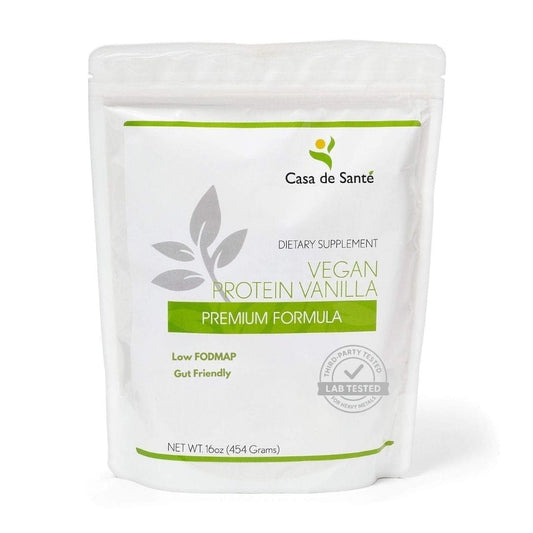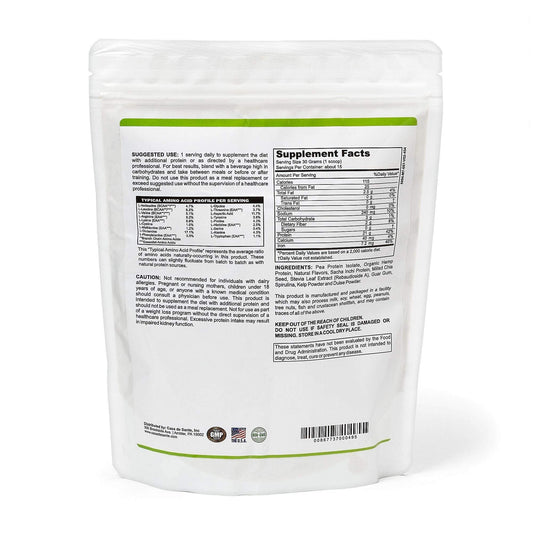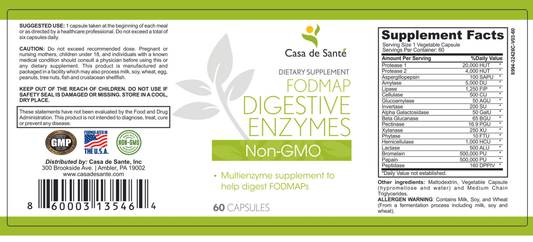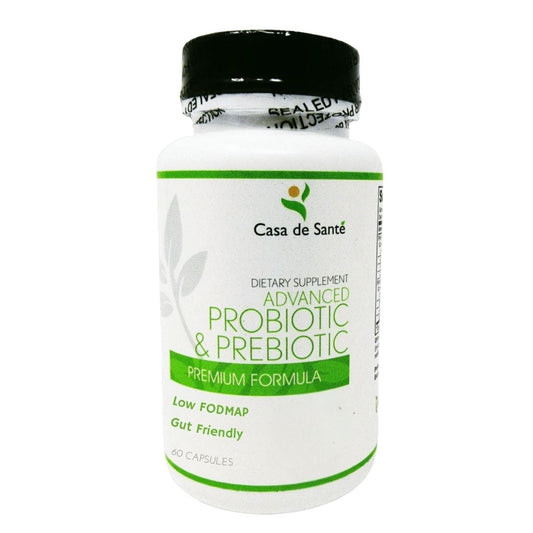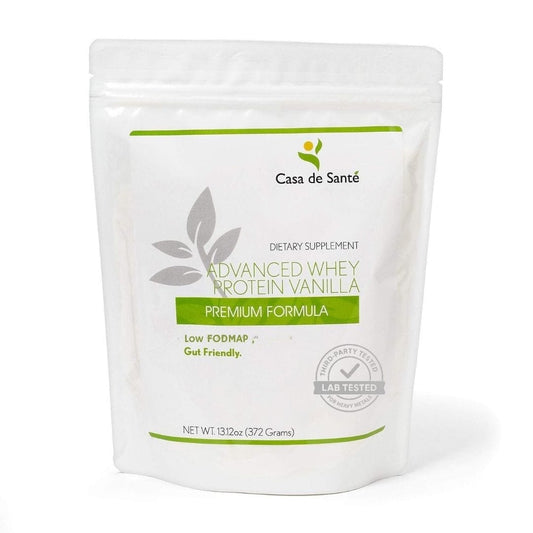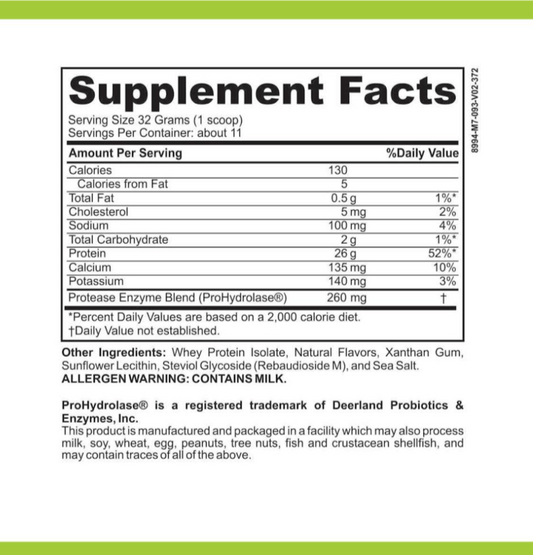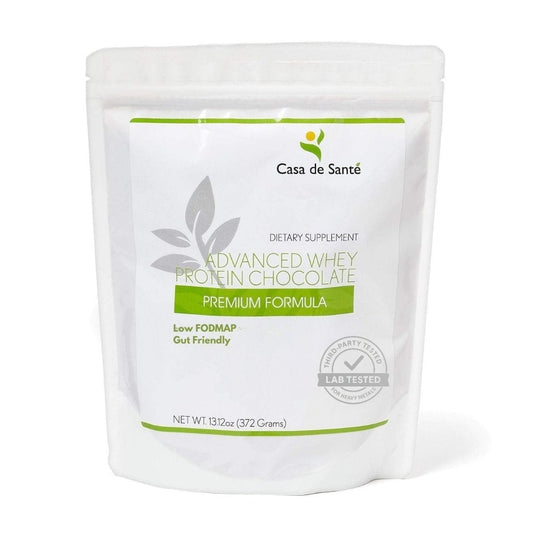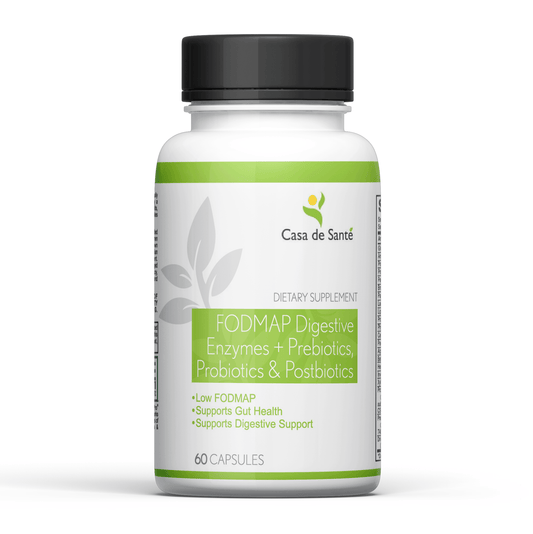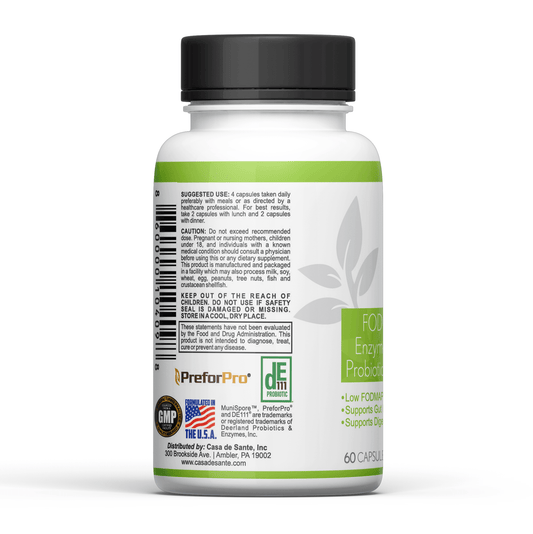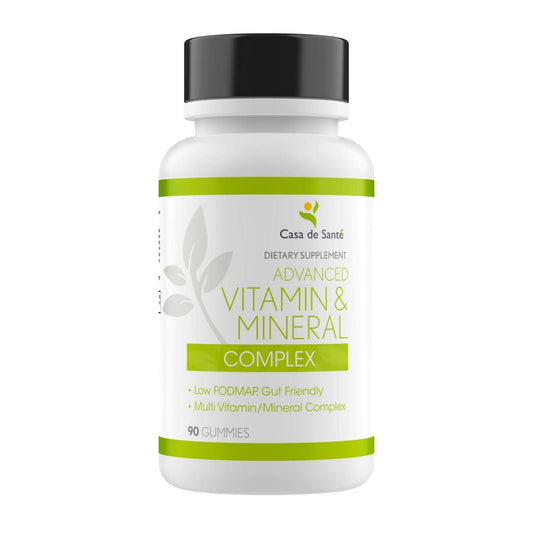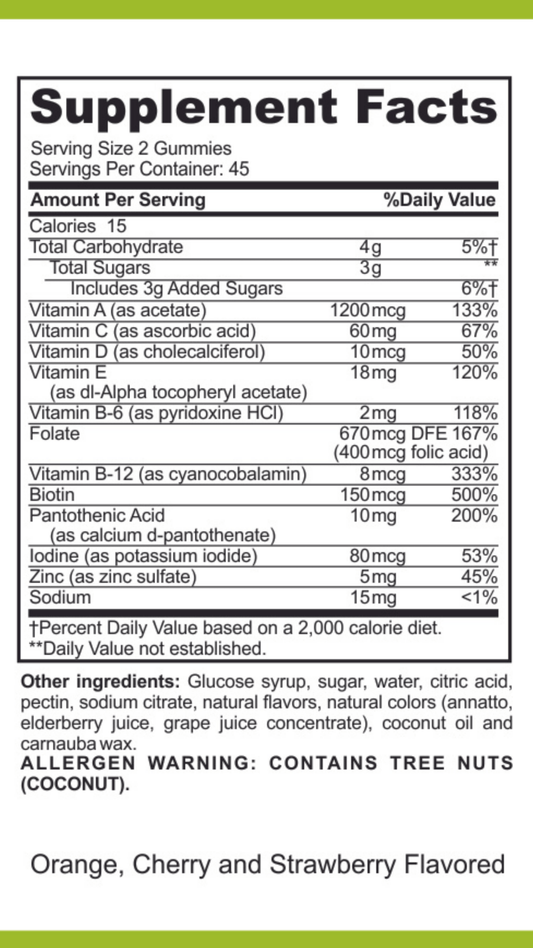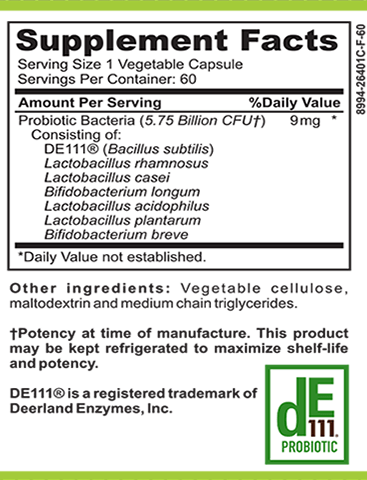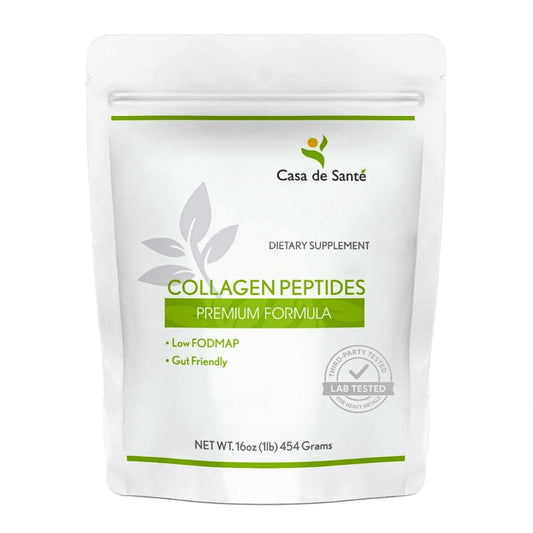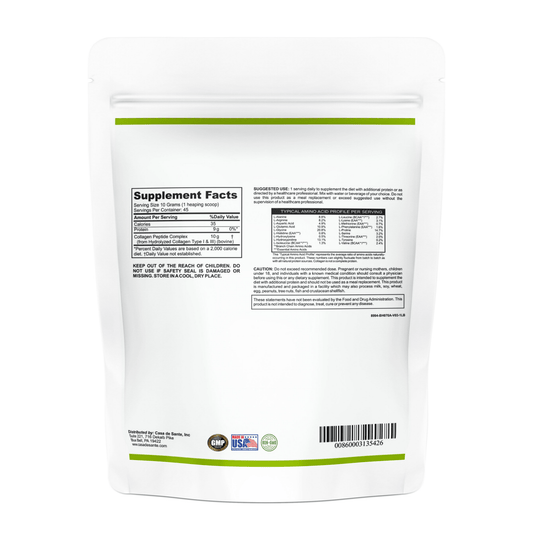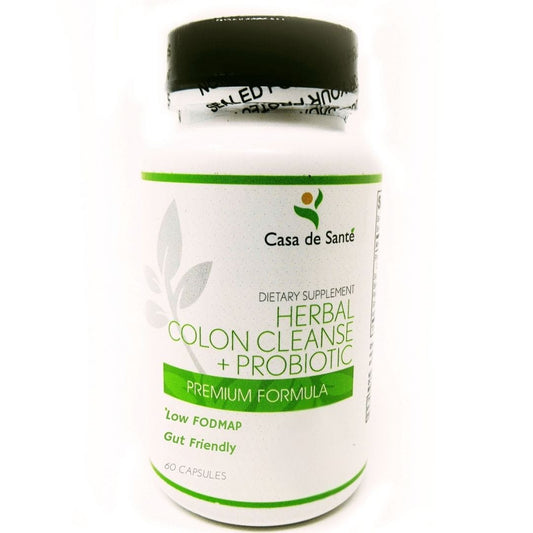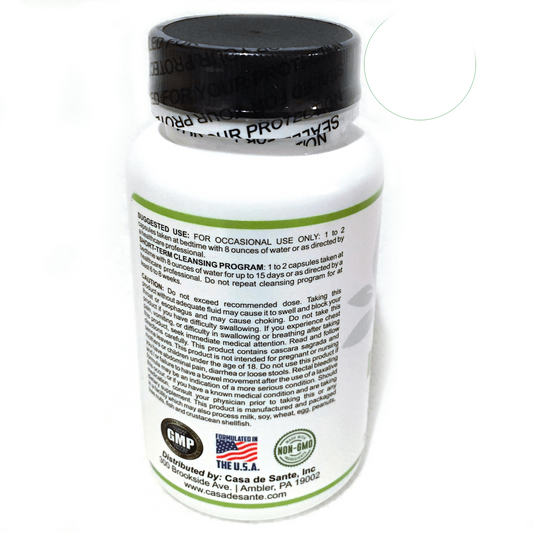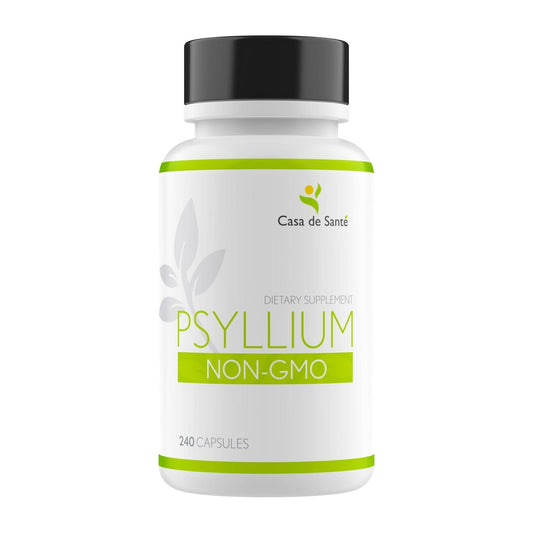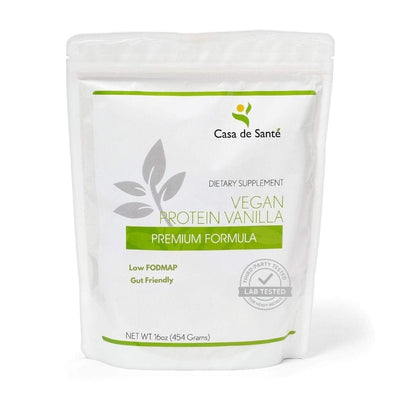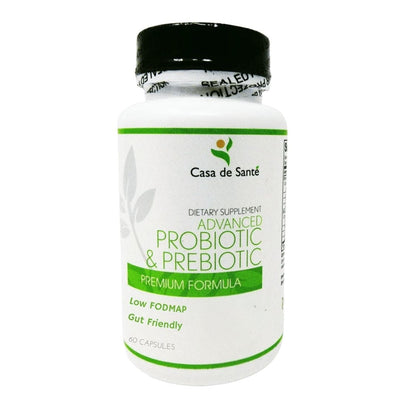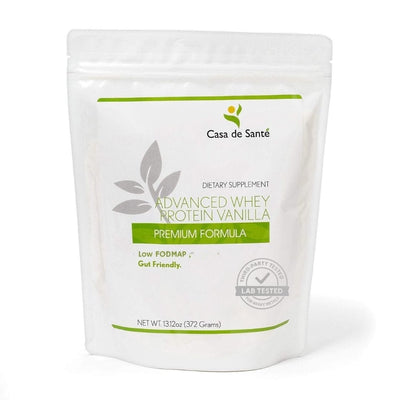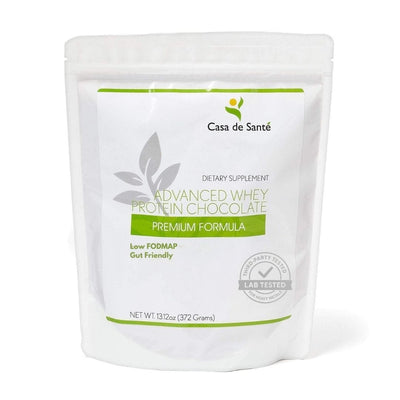Bean Pasta vs Cassava Pasta
Bean Pasta vs Cassava Pasta
Bean Pasta and Cassava Pasta are two popular alternatives to traditional wheat pasta. In recent years, there has been a growing interest in gluten-free and grain-free options, leading to the rise in popularity of these two types of pasta. While they may have some similarities, they also have distinct characteristics that make them unique. In this article, we will delve into the basics of Bean Pasta and Cassava Pasta, compare their nutritional profiles, discuss the health benefits and concerns, and provide some recipes to help you explore these delicious alternatives.
Understanding the Basics: What is Bean Pasta?
Bean Pasta, as the name suggests, is made from beans, specifically legumes like chickpeas or black beans. These legumes are ground into a flour-like consistency, which is then used to make pasta. What sets Bean Pasta apart from traditional wheat pasta is its high protein and fiber content. It is an excellent choice for those looking to increase their protein intake or follow a plant-based diet. The protein found in Bean Pasta is also of higher quality than in many other plant-based protein sources.
Bean Pasta offers a range of nutritional benefits. It is packed with essential vitamins and minerals such as iron, magnesium, and folate. Additionally, it has a low glycemic index, making it suitable for individuals managing their blood sugar levels. It is also naturally gluten-free, making it a great option for those with celiac disease or gluten sensitivity.
But that's not all! Bean Pasta has even more to offer. Let's dive deeper into its nutritional profile and discover why it's a powerhouse of nutrients.
The Nutritional Profile of Bean Pasta
Bean Pasta is a nutritional powerhouse. A typical serving contains about 20 grams of protein, which is more than double the amount found in regular wheat pasta. This makes it an excellent choice for athletes or individuals looking to build and repair muscle. Protein is essential for the growth and maintenance of tissues and plays a crucial role in various bodily functions.
Not only is Bean Pasta high in protein, but it is also rich in dietary fiber. With an average serving providing around 12 grams of fiber, it surpasses the fiber content of traditional pasta. This fiber content is essential for maintaining a healthy digestive system and promoting feelings of fullness. It can aid in weight management and prevent constipation.
In addition to its protein and fiber content, Bean Pasta is relatively low in fat and calories. This makes it a weight-conscious choice for individuals who are mindful of their calorie intake. It can be a great addition to a balanced diet, providing satiety without compromising on taste or nutrition.
But wait, there's more to learn about Bean Pasta! Let's explore how this nutritious pasta is made.
How is Bean Pasta Made?
The process of making Bean Pasta begins by grinding the chosen legume into a fine flour. This flour is then mixed with water to form a dough. Depending on the brand and variety chosen, additional ingredients like tapioca starch or xanthan gum may be added to enhance the texture and elasticity of the pasta.
Once the dough is ready, it is rolled out and cut into various pasta shapes, such as spaghetti or penne. The pasta is then cooked to perfection, ready to be enjoyed in a variety of dishes. Whether you prefer a classic marinara sauce or a creamy Alfredo, Bean Pasta can be a versatile and delicious addition to any meal.
So, next time you're looking for a nutritious and flavorful pasta alternative, give Bean Pasta a try. With its high protein and fiber content, along with its essential vitamins and minerals, it's a choice that will nourish your body and satisfy your taste buds.
Delving into Cassava Pasta
Cassava Pasta is another gluten-free and grain-free option that is gaining popularity among individuals looking for alternative pasta choices. Cassava, also known as yuca, is a root vegetable native to South America. It is rich in carbohydrates, making it a suitable substitute for traditional wheat-based pasta.
But what makes cassava pasta so special? Let's dive deeper into its nutritional content, the process of making it, and explore why it has become a favorite among those seeking a unique and tasty pasta experience.
The Nutritional Content of Cassava Pasta
Cassava Pasta is relatively low in protein compared to Bean Pasta. A serving typically contains around 4 grams of protein. However, it is important to note that Cassava Pasta is not primarily consumed for its protein content but for its versatility and unique taste.
Despite its lower protein content, Cassava Pasta is still a good source of energy due to its high carbohydrate content. The carbohydrates found in cassava pasta provide the body with the necessary fuel to sustain daily activities and maintain overall well-being.
Moreover, cassava pasta is also a good source of dietary fiber, which helps promote a healthy digestive system. It aids in regulating bowel movements, preventing constipation, and supporting a balanced gut microbiome.
Additionally, cassava pasta contains essential minerals such as potassium, magnesium, and calcium. These minerals play a vital role in maintaining proper muscle function, nerve transmission, and bone health.
The Process of Making Cassava Pasta
The production of Cassava Pasta involves extracting starch from the cassava root. This starch is then mixed with water to create a dough-like consistency. The dough is then shaped into pasta and cooked, resulting in a tasty gluten-free option.
The process of making cassava pasta requires careful attention to detail. The cassava roots are first peeled, washed, and grated. The grated cassava is then squeezed to remove excess moisture, leaving behind a starchy pulp.
This starchy pulp is then placed in a bag and pressed to extract the liquid. The liquid is discarded, and the remaining starch is collected. The starch is then mixed with water to form a smooth and pliable dough.
Once the dough is ready, it is shaped into various pasta forms, such as spaghetti, penne, or fusilli. The pasta is then cooked in boiling water until it reaches the desired tenderness.
What sets cassava pasta apart from other alternatives is its unique texture. It offers a more chewy and satisfying experience, making it a great choice for those who enjoy a heartier pasta.
Whether you are following a gluten-free diet, looking for a grain-free option, or simply want to explore new flavors, cassava pasta is a versatile and delicious choice worth trying.
Comparing Bean Pasta and Cassava Pasta
Now that we have explored the basics of Bean Pasta and Cassava Pasta, let's compare and contrast these two alternatives to traditional wheat pasta. One significant difference between these two types of pasta is taste and texture.
Taste and Texture: A Side-by-Side Comparison
Bean Pasta has a mild taste that often takes on the flavors of the accompanying sauce or ingredients. It has a firm texture and holds its shape well when cooked. On the other hand, Cassava Pasta has a slightly nutty and earthy flavor, adding a unique character to dishes. It has a chewier texture, providing a satisfying bite.
In terms of nutritional content, Bean Pasta is the clear winner. It outshines Cassava Pasta when it comes to protein and fiber content. However, Cassava Pasta is still a good source of carbohydrates and can be enjoyed as part of a balanced diet.
Nutritional Differences and Similarities
As mentioned earlier, Bean Pasta is higher in protein and fiber compared to Cassava Pasta. It provides a significant amount of essential nutrients and is a great choice for those seeking a more nutrient-dense option. However, Cassava Pasta offers a unique flavor and texture that might appeal to individuals looking for a change from traditional pasta. Both options are gluten-free, making them suitable for individuals with gluten intolerance or sensitivity.
Health Benefits and Concerns
Both Bean Pasta and Cassava Pasta come with their own set of health benefits and concerns. Let's take a closer look at what these alternatives have to offer.
Health Benefits of Bean Pasta
Bean Pasta is an excellent source of plant-based protein, making it an ideal choice for vegans and vegetarians. Protein is essential for building and repairing tissues and plays a crucial role in various bodily functions. Bean Pasta's high fiber content contributes to improved digestion and aids in maintaining a healthy weight. The low glycemic index of Bean Pasta also makes it suitable for individuals who need to manage their blood sugar levels.
Health Benefits of Cassava Pasta
Cassava Pasta is a delicious and versatile alternative to traditional pasta. It is rich in carbohydrates, providing a source of energy. Cassava is also a good source of vitamin C, which plays a vital role in supporting the immune system and promoting overall health. However, it is worth noting that Cassava Pasta is lower in protein and fiber compared to Bean Pasta.
Potential Health Concerns with Both Pastas
While Bean Pasta and Cassava Pasta offer many benefits, it is important to be mindful of portion sizes. Due to their higher protein and fiber content, these alternatives may cause digestive discomfort if consumed in excessive amounts, especially for individuals who are not accustomed to high-fiber diets. Additionally, individuals with certain medical conditions, such as irritable bowel syndrome or kidney disease, should consult their healthcare provider before incorporating these pastas into their diet.
Cooking with Bean and Cassava Pasta
Now that you are familiar with Bean Pasta and Cassava Pasta, let's explore some delicious recipes to help you incorporate these alternatives into your meals.
Best Recipes for Bean Pasta
1. Pasta Primavera: Toss cooked Bean Pasta with fresh vegetables, like bell peppers, tomatoes, and zucchini, in a light olive oil and garlic sauce.
2. Creamy Chickpea Alfredo: Blend cooked and drained chickpeas with vegetable broth, nutritional yeast, and your favorite herbs and spices to create a velvety sauce. Pour over cooked Bean Pasta for a creamy and nutritious dish.
3. Mediterranean Bean Salad: Mix cooked Bean Pasta with olives, cherry tomatoes, cucumbers, feta cheese, and a lemon vinaigrette for a refreshing and protein-packed salad.
Delicious Cassava Pasta Dishes
1. Pesto Cassava Pasta: Toss cooked Cassava Pasta with homemade or store-bought pesto sauce and top with pine nuts and grated Parmesan cheese for a simple and satisfying meal.
2. Cassava Pasta Carbonara: Sautee diced bacon or vegetarian bacon substitute with garlic and onion. Add cooked Cassava Pasta to the pan and toss with beaten eggs and grated Parmesan cheese for a creamy and flavorful pasta dish.
3. Spicy Thai Cassava Noodles: Stir-fry cooked Cassava Pasta with sliced bell peppers, carrots, and snap peas in a spicy Thai sauce made with soy sauce, ginger, garlic, lime juice, and chili flakes for a zesty and vibrant dish.
In conclusion, Bean Pasta and Cassava Pasta are both delicious and nutritious alternatives to traditional wheat pasta. Bean Pasta offers higher protein and fiber content, while Cassava Pasta provides a unique taste and texture. The choice between these two alternatives ultimately depends on your personal preferences and dietary needs. By exploring the various recipes and incorporating these pastas into your cooking repertoire, you can discover the diverse and flavorful world of gluten-free and grain-free pasta options.

